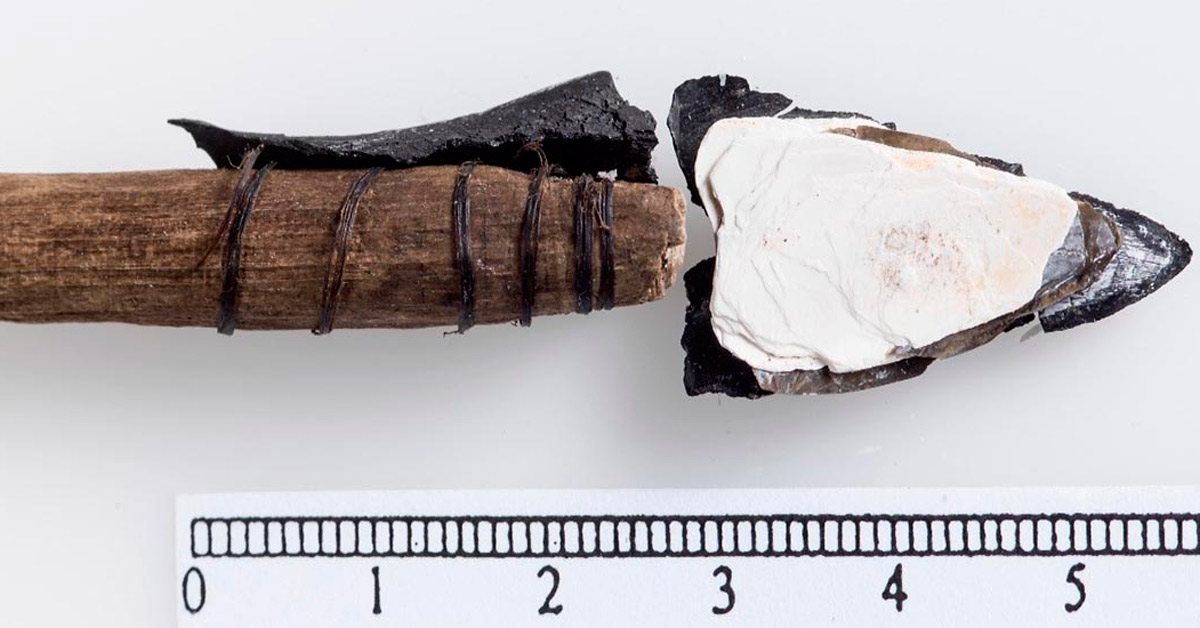
The Norwegian University of Science and Technology (NTNU) has issued a report warning of how climate change could leave us without objects from the past that are authentic treasures due to the information they provide. The specific reason is that the ice sheets in the mountains of the country are melting and that can leave the objects that have not yet been discovered exposed to the mercy of the elements and almost certain to deteriorate.
The objects that have been found under the Norwegian ice are often in an impeccable state of preservation, with hardly any decay or deformation, even after thousands of years of frozen sleep. The reason for this is that the ice patches are relatively stable, immobile and do not have corrosive compounds. Throughout these years, intact weapons, clothing, fabrics, vegetable and animal remains have been found, helping to discover more data on Norwegian history .
Now, climate change may shatter the dream of finding more undamaged historical treasures. “A study based on satellite images taken in 2020 shows that more than 40% of 10 selected ice patches with known finds have melted ,” report co-author Birgitte Skar, an archaeologist and associate professor at the Museum of Natural History, said in a statement. NTNU University. “These figures suggest a major conservation threat to ice discoveries , not to mention ice as a climate archive.”
Ice patches form at high altitudes, where snow and ice accumulate and don’t completely melt in summer. Unlike glaciers, ice sheets do not move, so objects deposited on them can remain stable for hundreds or thousands of years. When the ice begins to melt, these objects are exposed, preserved just as they were when the ice swallowed them. However, if scientists don’t retrieve the objects soon after the melt begins, they may lose them because the elements will damage them.
Finding archaeological remains under the ice has provided much information for researchers studying the ancient cultures, plants, and animals of icy regions around the world. In Norway, specifically, researchers have discovered thousands of objects belonging to the hunting tribes of the Bronze Age, who hunted reindeer in northern Europe and southern Scandinavia. According to the new report, in the summer months the reindeer flocked to the area’s icy mountains to escape the heat and mosquito bites. And where the reindeer went, the hunters went, leaving behind a trail of objects.
The 3,000-year-old shoe , discovered in 2007 in the mountainous region of Jotunheimen in southern Norway, remains a standout find. The small leather shoe would be US size 4 or 5, suggesting that it belonged to a woman or a young man. Several arrows and a wooden shovel were found alongside the object, suggesting that the site was an important hunting ground. Dated to approximately 1100 BC, the shoe is not only the oldest in Norway, but possibly the oldest garment discovered in Scandinavia, according to the researchers who discovered it.
Further studies at the Jotunheimen site revealed even older objects, such as a 6,100-year-old arrow shaft , the oldest object discovered in a Norwegian ice zone, according to the researchers. Its presence near the shoe suggests that the site was used by humans for millennia.
Despite these remarkable findings, the report’s authors fear that countless objects could disappear before they are recovered, due to the effects of climate change. A 2022 report from the Norwegian Directorate of Water Resources and Energy estimates that 364 square kilometers of ice sheets have melted since 2006, an area roughly equal to half the size of New York City. If the objects in these patches are not recovered soon after their exposure, they are at risk of being lost, damaged or destroyed forever.
Not many ice patches have been systematically studied in Norway. In fact, the north of the country is largely unstudied. To prevent the tragedy of losing a valuable find from occurring, the researchers suggest launching a national ice sheet monitoring program . Remote sensing would be used to systematically study them and secure any objects that may emerge from the melting ice.
“We used to think of ice as desolate and lifeless and therefore unimportant. That is changing now, but it is urgent,” report co-author Jørgen Rosvold, a biologist and deputy director of research at the Institute, said in the statement. Norwegian Nature Research. “Large amounts of unique material are melting down and disappearing forever.”